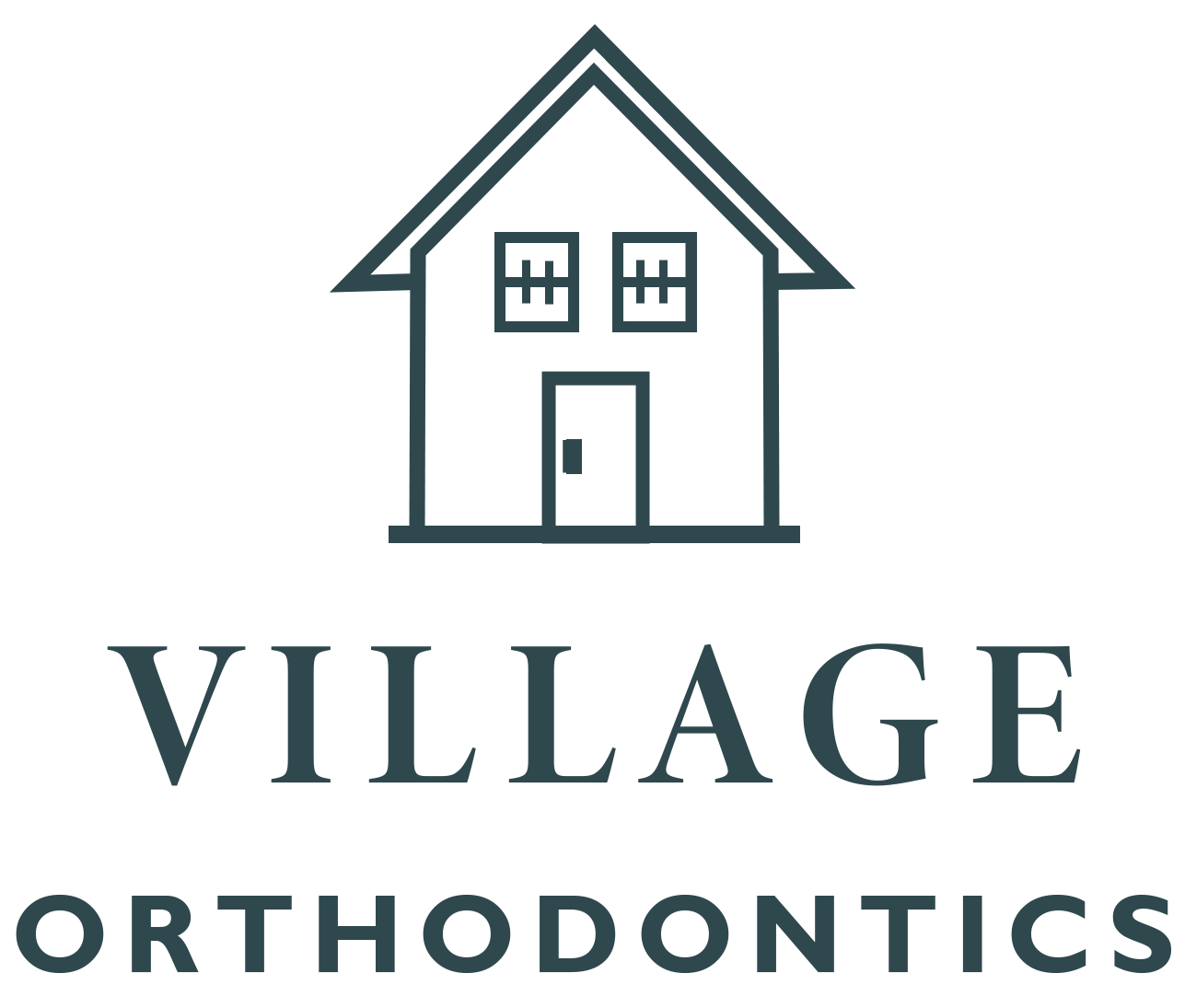
Welcome to the revolutionary world of 3D printing technology in dentistry! Gone are the days of tedious and time-consuming traditional methods. With 3D printing, a whole new realm of possibilities has opened for dental professionals, offering unmatched precision and efficiency.
Advantages of 3D Printing in Dentistry
The introduction of 3D printing technology has revolutionized the field of dentistry, offering numerous advantages over traditional methods.
- Precision: One major advantage is the precision and accuracy that 3D printing enables. With this technology, dental professionals can create highly detailed models and restorations that fit perfectly into a patient's mouth.
- Time-saving: Another significant benefit is the time-saving aspect of 3D printing. In the past, creating dental prosthetics or orthodontic appliances required multiple visits to the dentist and weeks of waiting for off-site fabrication. However, with 3D printing, these items can be produced on-site in a matter of hours or days.
- Customization:Additionally, 3D printing allows for greater customization in dental treatments. Dental professionals can now tailor their approach to each patient's unique needs by designing individualized implants or aligners specifically adapted to the patient’s oral anatomy.
- Cost-effective: Furthermore, this technology also offers cost-effectiveness compared to traditional manufacturing methods. By eliminating the need for outsourcing production or using expensive materials excessively, dentists can save on expenses without compromising quality.
Applications of 3D Printing in Dentistry
Thanks to advancements in technology, 3D printing has revolutionized many industries, including dentistry. This innovative technology is now being widely used in various applications within the field of dentistry.
- One of the key applications of 3D printing in dentistry is the creation of dental models and prosthetics. With traditional methods, creating dental molds and prosthetic teeth can be a time-consuming and labor-intensive process. However, with 3D printing, these tasks can be accomplished quickly and accurately. Dentists can now create custom-fitted crowns, bridges, and implants for their patients with ease.
- Another application where 3D printing shines is orthodontics, especially when it comes to creating in-house aligners. This innovative technique allows dental professionals to design and produce customized aligners by utilizing digital scans of patients' teeth. By using specialized software, these scans are transformed into precise 3D models that can be easily modified for optimal alignment correction. With the help of a high-quality 3D printer, these models are then translated into physical aligners made from biocompatible materials, resulting in a more efficient and cost-effective process for both dentists and their patients.
- Additionally, 3D printing plays a crucial role in surgical planning for procedures like dental implant placement or jaw reconstruction surgeries. Using detailed scans and imaging technologies, surgeons can create accurate models of patients' jaws or facial structures before the actual procedure takes place. This allows them to plan each step meticulously while minimizing risks during surgery.
- Furthermore, temporary restorations such as crowns or veneers can also be manufactured using 3D printers while patients wait at the dentist's office. This eliminates the need for multiple visits or uncomfortable temporary solutions.
How Is 3D Printing Used in Dentistry?
The 3D printing procedure involves an intraoral scanner that meticulously captures the precise anatomy of a patient's mouth. These scans then serve as the foundation for constructing intricate 3D-CAD models that accurately replicate the desired dental anatomy. By leveraging this technology, dentists can upload completed CAD files onto a 3D printer, enabling them to fabricate tangible replicas with utmost precision. This process allows dentists to go through multiple iterations until they achieve a model that not only exhibits accuracy but also ensures optimal comfort for the patient. Additionally, utilizing intraoral scanners alongside corresponding images enables dentists to print surgical guides, an invaluable resource during complex dental operations. The implementation of these guides facilitates safer surgeries, expedites healing processes, and enhances prosthetic comfort for patients undergoing such procedures.
Conclusion
3D printing technology has revolutionized the field of dentistry, offering numerous advantages and applications that have transformed the way dental professionals provide care to their patients. From creating accurate and customized dental models to fabricating prosthetics and surgical guides, 3D printing has proven to be a game-changer.
As we continue to explore new possibilities in dentistry, it's evident that 3D printing will play an increasingly significant role in shaping the future of oral healthcare. Its potential extends beyond what we can currently imagine — from personalized prosthesis fabrication to bioprinting living tissues or even entire teeth.
To learn more, visit the Orthodontist in Lebanon, IN & Orthodontist in Zionsville, IN at Village Orthodontics office nearest you at 95 E Oak St STE B, Zionsville, IN 46077, or 1911 N Lebanon St, Lebanon, IN 46052, or call (317) 873-6927.
Locations
- MON - TUEClosed
- WED8:00 am - 11:00 am
- THU - SUNClosed
- MON - WED8:00 am - 4:30 pm
- THU7:30 am - 4:00 pm
- FRI - SUNClosed
